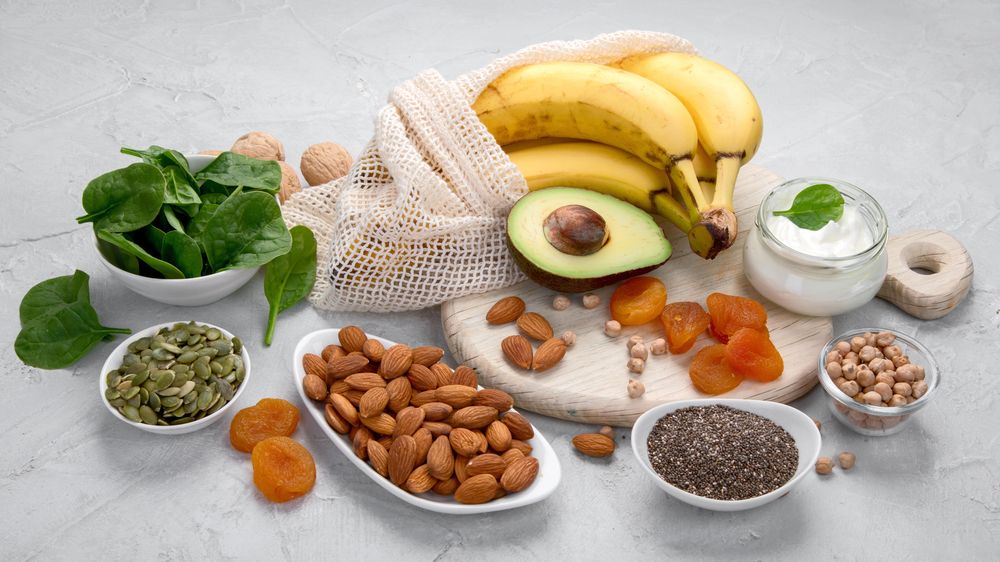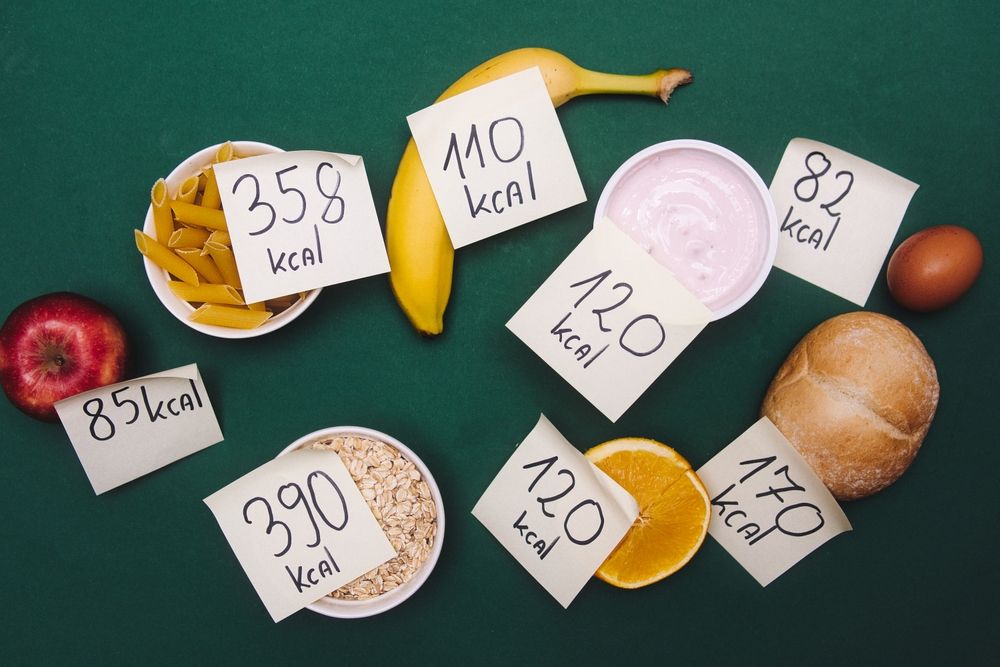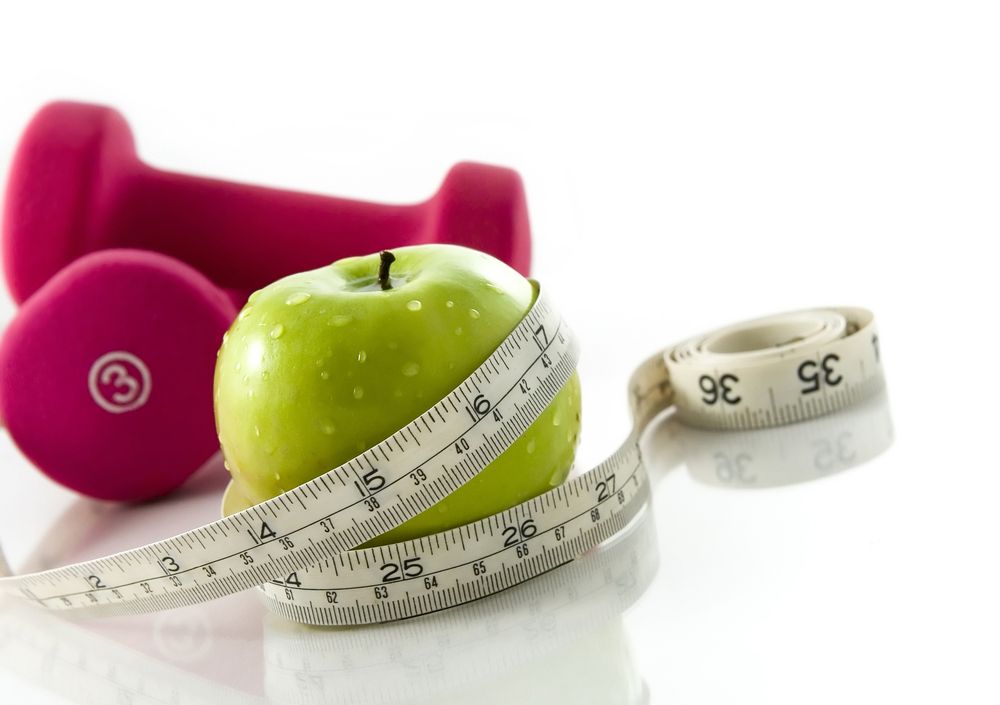
When trying to lose weight, there are many factors to consider, and one key aspect is monitoring your macronutrient intake, which are the nutrients that provide your body with energy. Managing your macros involves maintaining the right balance of foods in the correct proportions. We're here to guide you through everything you need to know about calculating and balancing your macros to optimize weight loss.
"Balancing and counting macros can be an effective strategy for weight loss when done correctly and consistently," says Amy Goodson, MS, RD, CSSD, LD, a registered dietitian and certified specialist in sports dietetics who is a member of our Medical Expert Board. "By understanding the role of each macronutrient and learning how to calculate and adjust your intake, you can customize your diet to effectively meet your weight loss goals."
We're here to break down the macro balancing process that can take a little getting used to.
What exactly are macros?

Macros, or macronutrients, are the nutrients that provide your body with energy to function and carry out daily activities. The three primary macronutrients are fats, carbohydrates, and proteins, each playing a crucial role in overall health.
Amy Goodson, MS, RD, CSSD, LD, a registered dietitian, explains that healthy fats are vital for brain health, maintaining cell membranes, and hormone production. "Fats also help keep you full and satisfied, which can prevent overeating," Goodson says. "However, fats contain more calories per gram (nine calories per gram) compared to carbohydrates and proteins (four calories per gram), so individuals typically need less fat than carbs and protein."
Carbohydrates are essential because they serve as the body's primary energy source. They are broken down into glucose, which is necessary for proper bodily function and effective physical performance.
"Carbohydrates are crucial for providing quick energy, especially during high-intensity exercise," Goodson explains. "They also contribute to brain function, mood regulation, and cognitive performance, and they provide many B vitamins and fiber. Fiber, which is not digested, can increase satiety after meals, aiding in portion control and managing hunger levels."
Lastly, protein is important for building and repairing muscles and tissues. It's also essential for producing hormones, enzymes, and other bodily chemicals.
"Protein supports muscle growth and maintenance, aids in recovery after exercise, and helps maintain a healthy immune system," Goodson notes. "It has a high thermic effect, meaning it requires more energy to digest, which can aid in weight loss. Additionally, protein helps individuals feel full faster and stay full longer, which can be beneficial for portion control, an important aspect of weight loss."
Here's how to calculate your macros:

Calculating your macronutrient needs can be a bit detailed, but it's crucial for ensuring you consume the right amounts of food to optimize weight loss. Using a calorie calculator app and keeping a log of your progress can be helpful tools.
1) Determine Your Needs
The first step is to calculate your daily calorie requirement, which depends on factors such as your sex, age, height, weight, and physical activity level.
"The 'calories per pound' rule is a simplified method for estimating daily caloric needs for weight maintenance based on body weight. This rule uses a multiplier to estimate the number of calories needed per pound of body weight, considering different activity levels," explains Amy Goodson.
This estimate helps determine the calories you need to maintain your current weight. To lose weight, it's recommended to create a daily deficit of 500 calories. This can be achieved by reducing calorie intake, increasing physical activity, or a combination of both.
Basic multipliers to determine daily caloric needs are:
- Sedentary (little to no exercise): 13 to 15 calories per pound
- Moderately active (light exercise/sports 1-3 days/week): 15 to 18 calories per pound
- Active (moderate exercise/sports 3-5 days/week): 18 to 20 calories per pound
2) Set Macronutrient Ratios
Next, establish your macronutrient ratios based on your individual needs. Goodson suggests the following common ratios for weight loss:
- Protein: 25-30% of total calories
- Carbohydrates: 30-40% of total calories
- Fats: 25-35% of total calories
3) Calculate the Amounts of Macronutrients to Consume
The caloric values for macronutrients are:
- Protein: 1 gram = 4 calories
- Carbohydrates: 1 gram = 4 calories
- Fats: 1 gram = 9 calories
For example, if your daily calorie requirement is 2,000 calories and you choose a macronutrient ratio of 30% protein, 40% carbohydrates, and 30% fats, the calculations would be:
- Protein: (2000 \times 0.30 = 600) calories / 4 = 150 grams
- Carbohydrates: (2000 \times 0.40 = 800) calories / 4 = 200 grams
- Fats: (2000 \times 0.30 = 600) calories / 9 = 67 grams
Tips for balancing your macros for weight loss:

After determining the appropriate amounts of each nutrient to achieve your weight-loss goals, here are some practical tips to keep in mind:
1) Include Enough Protein:
Protein is crucial for maintaining muscle health and promoting satiety. "It's important to consume protein at each meal and snack to help manage hunger and fullness, as well as portion control," says Goodson. "Aim to make one-fourth of your plate lean protein at each meal."
2) Monitor Your Carbs:
Focus on consuming complex carbohydrates, such as fruits, vegetables, and whole grains, instead of simple sugars. This helps maintain steady energy levels and prevents blood sugar spikes. Goodson advises filling one-fourth of your plate with high-fiber carbs at every meal.
3) Load Up on Non-Starchy Vegetables:
Fill your plate with a variety of colorful, non-starchy vegetables like broccoli, yellow squash, zucchini, asparagus, red bell peppers, and carrots. Goodson suggests, "Ideally, make one-half of your plate non-starchy vegetables at each meal for more fiber and fewer calories."
4) Use Healthy Fats as a Garnish:
Incorporate healthy fats, such as nuts, avocados, seeds, and olive oil, as a garnish to your meals. These fats not only contribute to a feeling of fullness but also enhance the flavor of your dishes. "Think of adding them like a garnish on a plate at a restaurant," Goodson recommends.

